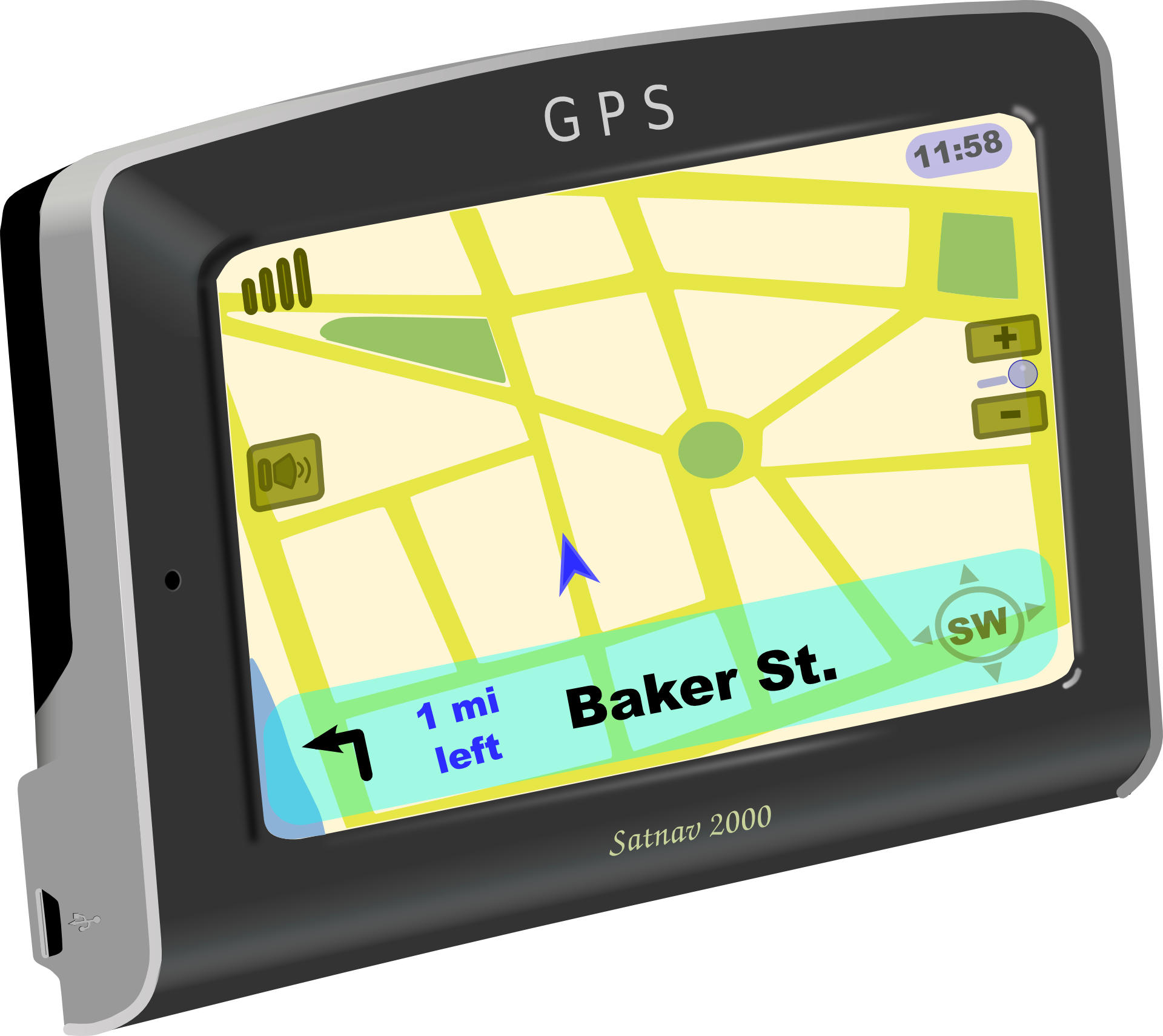
4 Things to Know About Beacon Tracking
Looking to expand the services your business offers? Beacon tracking is the way to go. This technology has tons of uses, giving you a unique way to connect with your customers.
If you’re interested in adding this service to your business, you need to know what it is and how it works. Fortunately, we’re here to help. Keep reading for our guide on beacon tracking and its benefits for your business.
1. What is Beacon Tracking?
Beacon tracking is a type of location-sensing technology that allows businesses to track the movements of their customers in physical retail spaces. It uses tiny Bluetooth-enabled sensors (beacons) that are placed around a store or other area for tracking.
It provides businesses with valuable data, such as the amount of time a customer spends in a certain section of the store, or which aisles and sections are most popular among customers. With this data, businesses can personalize their marketing campaigns and make better decisions about in-store promotions. Invest in a Ditch Witch 750 and experience the quality of its beacon tracking capabilities.
2. Advantages of Beacon Tracking
These include providing more layers of visibility, improving the accuracy and efficiency of data collection, and helping reduce costs associated with tracking. Beacon tracking uses a mobile device’s Bluetooth or an internet connection to gain valuable insights about the customers, such as how often they are in the store, how long they stay, and how often they return.
It can also be used to provide location-based services, personalized offers, and promotional notifications. Additionally, beacon tracking helps to acquire data in retail stores, which can be used for personalized advertising and analytics. It offers retailers a unique opportunity to collect data while their customers are in the store and can track consumer behavior in real-time.
3. Beacon Tracking Use Cases
Beacon tracking generally involves using signals to allow precise location tracking of objects or people. Typically, these signals are received through an app or mobile device. Knowing the basics of beacon tracking can give you an advantage when devising use cases.
Keep in mind that the success of a beacon is dependent on its geographic location. The best beacon technologies use Bluetooth Low Energy (BLE) and a Wi-Fi translator to reach the network of devices that need to receive beacon signals. Knowing the range of the beacon and evaluating its performance in the environment is also important and can help to optimize the setup.
4. Cost of Implementing Beacon Tracking
Consider the cost of hardware installation, such as the cost of purchasing beacons and hardware for setting up a network of tracking devices. Additionally, the cost of maintenance and upkeep should be accounted for as well.
There are additional costs incurred in developing an app to use the beacon’s capabilities. Finally, the cost of hiring the necessary personnel to manage and oversee the beacon tracking program should be accounted for.
Get Started with Beacon Tracking
Beacon tracking has huge potential for optimizing engagement and interaction with customers. Leveraging beacons can help businesses increase customer loyalty, reduce transaction fees and maximize product availability.
Businesses should consider the tremendous possibilities beacon tracking brings and start taking action to capitalize on it. Try it now to experience the difference it can make to your business.
To learn more about all things technology, please visit the rest of our blog.
